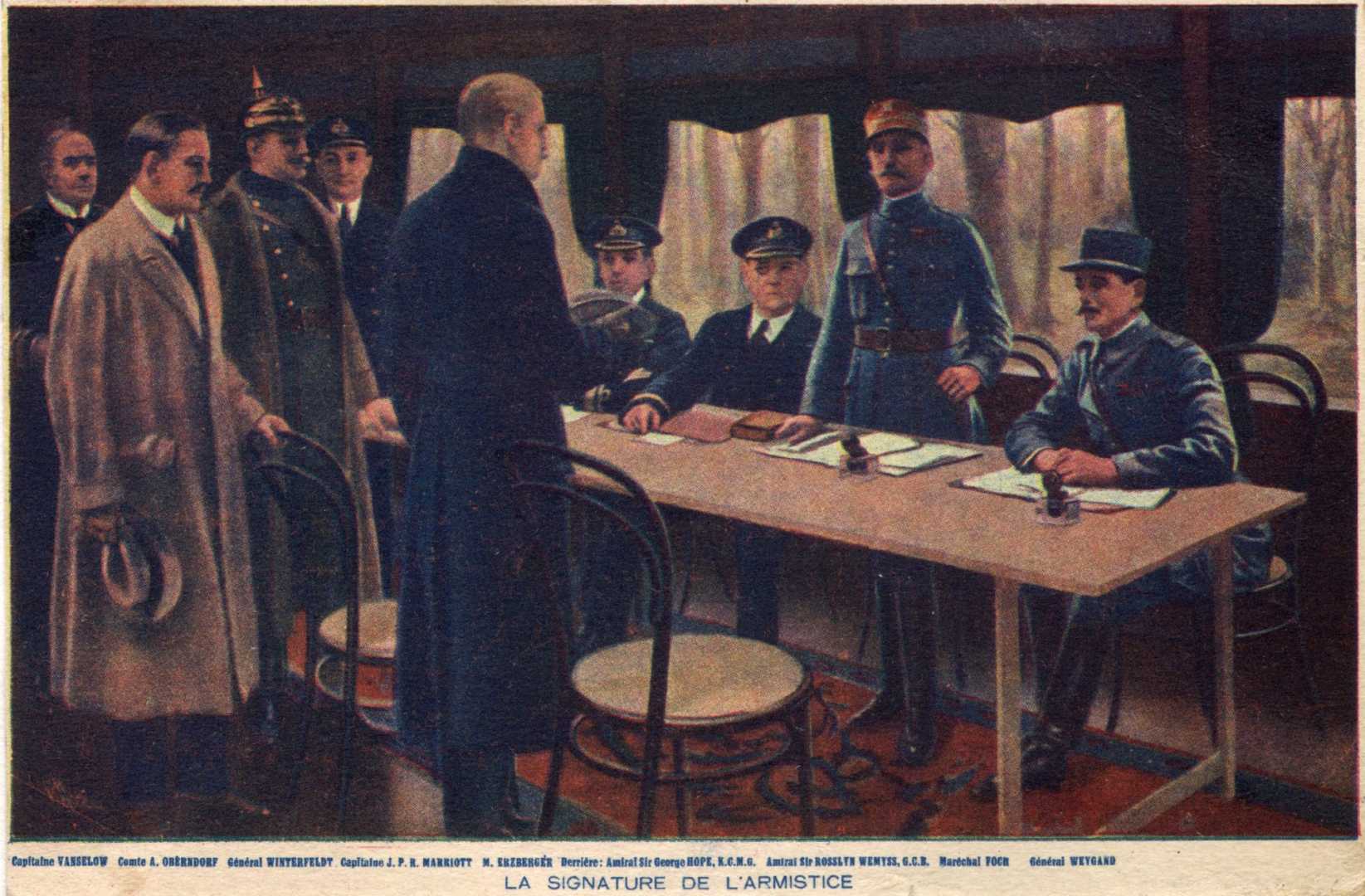News
November 11, 1918: The Day World War I Came to an End

On November 11, 1918, one of the most devastating conflicts in human history came to an end with the signing of the Armistice of Compiègne. This historic event marked the cessation of hostilities between the Allied Powers and Germany, effectively ending World War I. The armistice was signed aboard a railroad car in the Forest of Compiègne in northern France at 11:00 AM, hence the term “the eleventh hour of the eleventh day of the eleventh month.”
The armistice was the result of intense negotiations, particularly after the German government, realizing their dire situation, approached the United States in September 1918 to discuss terms based on President Woodrow Wilson‘s ‘peace without victory’ plan. Marshal Ferdinand Foch, the commander-in-chief of the Allied forces, led the negotiations, ensuring that the Germans could not dictate the terms of the agreement.
The terms of the armistice were stringent. Germany was required to withdraw its troops from France, Belgium, and Luxembourg within 15 days, return all prisoners of war without reciprocity, and hand over a significant portion of its military arsenal, including artillery pieces, machine guns, airplanes, and other military equipment. Additionally, Germany had to give up the contested territory of Alsace-Lorraine and allow Allied forces to occupy German territory along the Rhine until 1930.
The armistice was a precursor to the Treaty of Versailles, which was signed in June 1919 and formally ended the war. The Treaty imposed severe penalties on Germany, contributing to widespread resentment and economic hardship that many historians believe contributed to the rise of Nazi Germany and the outbreak of World War II.
Today, November 11 is commemorated as Armistice Day or Remembrance Day in many countries, including those in the Commonwealth. In the United States, it is observed as Veterans Day, honoring all American veterans who have served in the military. The day is marked with ceremonies, parades, and moments of silence to remember the sacrifices of those who fought in World War I and subsequent conflicts.












